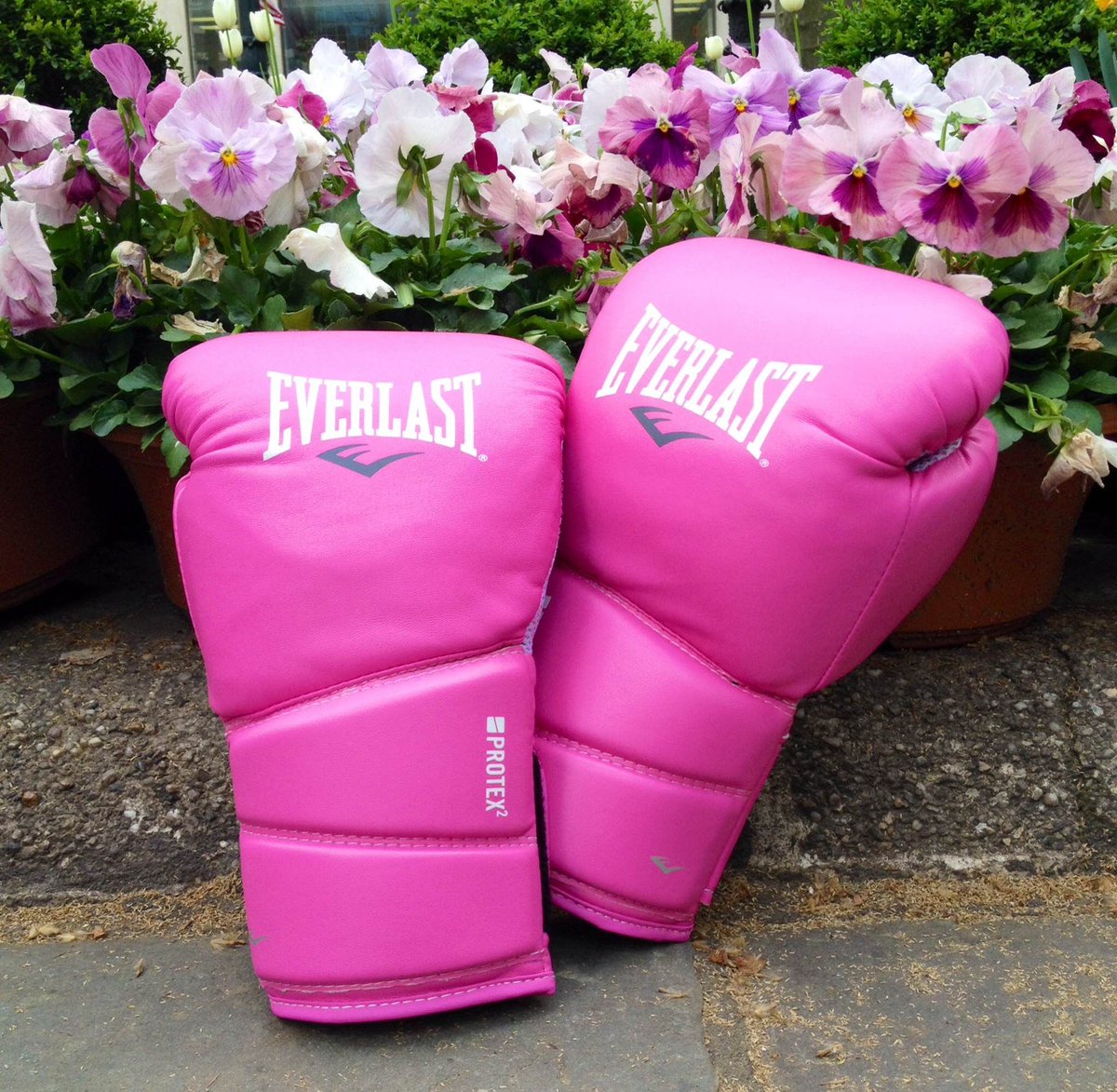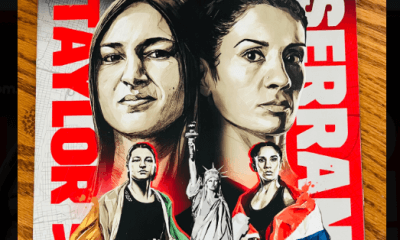Featured Articles
For Whom the Bell Tolled: 2019 Boxing Obituaries PART TWO

The second half of 2019 was mottled by a particularly sorrowful July during which two fighters died from ring injuries suffered in fights staged one day apart. We pay tribute to them here in our annual year-end obituary page and toast the memory of other boxing personalities that left us this year. This is a continuation of Part One which covered January through May.
June 1 – J.T. ROSS – A World War II combat veteran, Ross, a tall middleweight, crammed 47 fights into a pro career that consumed less than five full years. He fought almost exclusively in central and northern California, but had his farewell fight in Madison Square Garden where he was stopped by Eugene “Silent” Hairston, reducing his final record to 41-5-2. At age 94 in Gilroy, CA.
June 8 – BILLY JOINER – He won the 1962 National Golden Gloves and AAU tournaments as a light heavyweight before turning pro under the management of George Gainford who also handled Sugar Ray Robinson. A small heavyweight, Joiner was only 12-13-3 as a pro, but he was matched tough, opposing Sonny Liston twice, Larry Holmes, and Oscar Bonavena in what would be Bonavena’s final fight. At age 81 in Springdale, OH.
June 22 – WILLIE MONROE – “Willie the Worm,” who turned pro at the Blue Horizon, stood tall in an era when Philadelphia was a hornet’s next of talented middleweights. In 1976 he outpointed Marvin Hagler and although Hagler would avenge that loss twice, Monroe would remain the only man to defeat Marvelous Marvin non-controversially. He finished 40-10-1 (26 KOs). At age 73 from complications of Alzheimer’s in the Philadelphia suburb of Sicklerville, NJ.
June 22 – EARL LARGE – The New Mexico featherweight was a regional attraction in the southwest and in Northern Mexico during a 12-year career in which he was 39-17-2. Before turning pro, Large, whose nickname was Soul Brother, was a national AAU and national Golden Gloves champion. At age 72 in Clovis, New Mexico.
July 14 – PERNELL WHITAKER – “Sweet Pea” breezed through the lightweight competition at the 1984 LA Olympics and went on to win world titles in four weight classes. One of the greatest defensive fighters in the annals of the sport, the crafty southpaw was 40-1-1 through his first 42 fights with both blemishes assailed as rip-offs. He was 55 when he was struck and killed by a vehicle while walking across a busy intersection in Virginia Beach, VA.
July 23 – MAXIM DADASHEV – A stablemate of Vasyl Lomachenko, Dadashev faced fellow unbeaten Subriel Matias at the MGM Grand National Harbor in Maryland on July 19 in a match billed for a 140-pound title eliminator. After 11 rounds, Dadashev insisted that he wanted to keep going but was overruled by his trainer Buddy McGirt who pulled him out. He left the arena in an ambulance and died four days later following emergency brain surgery. Laid to rest in his hometown of St. Petersburg, Russia, Dadashev was 28.
July 25 – HUGO ALFREDO SANTILLAN – The Argentine lightweight battled Uruguay’s Eduardo Abreu to a 10-round draw on July 20. As he was awaiting the decision, he passed out in the ring, fell into a coma, and died three days later at a hospital in Buenos Aires. A former South American super featherweight champion, Santillan (19-6-2) was 23 years old.
July 31 – BEAU WILLIFORD – A heavyweight, Williford didn’t go far as fighter, but became an important cog in the boxing apparatus — amateur and pro — from his base in Lafayette, Louisiana, where he ran the Ragin Cajun Boxing Club. He promoted dozens of small-budget shows up and down the Gulf Coast and into Oklahoma and was one of the most well-liked people in the industry. At age 69 (some say 72) in Lafayette.
Aug. 3 – JEAN CLAUDE BOUTTIER – A major celebrity in France during his boxing heyday, Bouttier compiled a record of 64-7-1 (43 KOs) during a 10-year career that began in 1965. He went 27 rounds with Carlos Monzon in two futile stabs at Monzon’s world middleweight title. In retirement, Bouttier worked as a movie actor and TV sports commentator. At age 74 in Gourney-sur-Marne, France.
Aug. 16 – JOSE NAPOLES – They said Napoles was as smooth as butter, hence his nickname, Mantequilla. He left Cuba when Fidel Castro came to power and came to the fore in Mexico City. Napoles was 15-2 in world welterweight title fights during an era when there were only two reputable sanctioning bodies. He finished his career with a mark of 81-7 (54 KOs) and was inducted into the International Boxing Hall of Fame with the inaugural class of 1990. At age 79 (or thereabouts) in Mexico City from complications of diabetes and Alzheimer’s.
Aug. 24 – ARTHUR RAMALHO – He was called the patriarch of pugilism in Lowell, Massachusetts, a town with a rich boxing tradition. Ramalho’s West End Gym, which he opened in 1973, spawned numerous New England Golden Gloves champions and was featured in the movie “The Fighter,” wherein Mark Wahlberg portrayed Lowell boxing legend Micky Ward. At age 84 of lung cancer.
Oct. 9 – PADDY GRAHAM – Belfast’s Graham was 33-19-1 over the course of a 10-year career that began in 1953. A lightweight who matured into a welterweight, Graham’s opponents included Willie Toweel and future world title challenger Ted Wight. At age 87 of kidney failure in Belfast, Northern Ireland.
Oct. 11 – ELOY PEREZ – Born in Mexico, Perez came to the U.S. as a toddler and grew up in largely rural Thurston County in the state of Washington. He suffered his lone defeat in what would be his final pro fight when he was stopped in the fourth round by defending WBO 130-pound champion Adrien Broner, finishing 23-1-2. Following a series of legal problems, he was deported to Mexico, dying in Tijuana at age 32. Some say a suicide and others say he was murdered.
Oct. 16 – PATRICK DAY – A 2012 U.S. Olympic Team alternate, Day suffered a traumatic head injury during the 10th round of a 10-round fight in Chicago with 2016 Olympian Charles Conwell and died four days later without regaining consciousness. Raised in a comfortable middle class home in Freeport, New York (his father was a physician), the extremely well-liked Day was 27 years old at the time of his passing.

Patrick Day
Oct. 30 – DON FRASER – “Dandy Don,” who entered the International Boxing Hall of Fame in 2005, was a major cog on the Southern California boxing scene for parts of eight decades during which he wore many hats, e.g., publicist, matchmaker, promoter. At age 92 of a sudden brain aneurism at his home in Toluca Lake, CA.
Nov. 9 – DWIGHT RITCHIE – An indigenous Australian from the state of Victoria, nicknamed the Fighting Cowboy, he collapsed after absorbing a body punch in a routine sparring session with Jack Brubaker and could not be revived. He finished 19-2 after coming up short vs Tim Tszyu in a ballyhooed fight for Australian 154-pound supremacy. Ritchie was 27.
Nov. 9 – ALAN RODRIGUES – After purchasing the Silver Nugget, a small North Las Vegas casino, Rodrigues converted the basement into a boxing pavilion and juiced up the club scene with shows featuring local talent such as a past-his-prime Roger Mayweather. He would later serve time in a federal correctional institution for telemarketing scams. At age 60 in Henderson, NV.
Nov. 13 – JAMES J. BEATTIE – The six-foot-nine Beattie, whose middle name was actually William, attracted a lot of buzz early in his career but a second loss to James J. Woody sent his stock plummeting. He finished with a mark of 40-10 (32 KOs) that included losses to world title challengers Buster Mathis, Leroy Jones, and Gopher State rival Scott LeDoux. Beattie portrayed Jess Willard in the movie “The Great White Hope.” At age 77 in New Brighton, Minnesota.
Dec. 17 – SAOUL MAMBY – Mamby, who grew up in the Bronx and served a tour of duty in Viet Nam, won the WBC super lightweight title in 1979 in Korea and successfully defended it five times, but would be best remembered as the greyest of boxing’s greybeards, having had his last pro fight at age 61. In a career that spanned five decades, Mamby was routinely matched tough, opposing 12 former or future world champions while building a record of 45-34-6. At age 72. Details are vague.
Check out more boxing news on video at The Boxing Channel
To comment on this story in The Fight Forum CLICK HERE
-

 Featured Articles4 weeks ago
Featured Articles4 weeks agoAvila Perspective, Chap. 330: Matchroom in New York plus the Latest on Canelo-Crawford
-

 Featured Articles3 weeks ago
Featured Articles3 weeks agoVito Mielnicki Jr Whitewashes Kamil Gardzielik Before the Home Folks in Newark
-

 Featured Articles1 day ago
Featured Articles1 day agoResults and Recaps from New York Where Taylor Edged Serrano Once Again
-

 Featured Articles4 weeks ago
Featured Articles4 weeks agoCatching Up with Clay Moyle Who Talks About His Massive Collection of Boxing Books
-

 Featured Articles6 days ago
Featured Articles6 days agoFrom a Sympathetic Figure to a Pariah: The Travails of Julio Cesar Chavez Jr
-

 Featured Articles1 week ago
Featured Articles1 week agoCatterall vs Eubank Ends Prematurely; Catterall Wins a Technical Decision
-

 Featured Articles3 weeks ago
Featured Articles3 weeks agoMore Medals for Hawaii’s Patricio Family at the USA Boxing Summer Festival
-

 Featured Articles4 weeks ago
Featured Articles4 weeks agoRichardson Hitchins Batters and Stops George Kambosos at Madison Square Garden





















